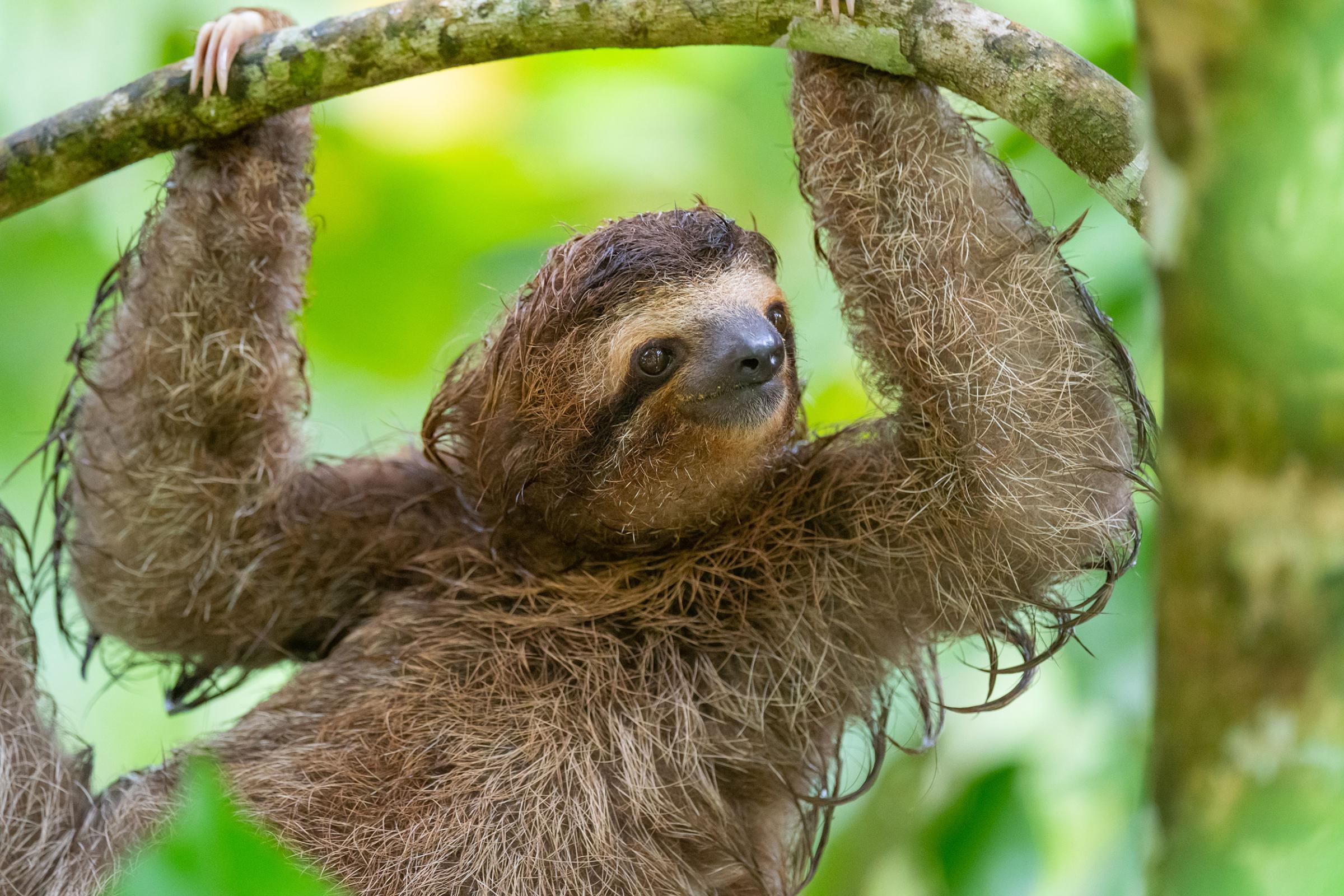Oropouche virus (OROV) is an emerging pathogen that causes Oropouche fever, a disease transmitted to humans via biting insects.
The primary vector is the biting midge Culicoides paraensis, however the virus can also be spread by other species of biting midges and mosquitoes.
Sloths, rodents and birds are a natural reservoir of the virus.
OROV is mainly found in Latin America and the Caribbean, where it has been circulating for over 70 years, causing sporadic outbreaks in countries such as Brazil and Peru.
Recent outbreaks have seen the virus spread beyond its geographical range, reaching as far north as Cuba and as far south as São Paulo state in Brazil. For the first time, fatalities, early-term pregnancy losses and cases of microcephaly in babies have been reported as a direct result of OROV infection.
The virus has also been detected in travellers returning to Europe and the US, raising concerns about potential transmission outside its traditional range. There is particular interest in whether OROV could be transmitted by species of biting midges and mosquitoes present in the UK and mainland Europe, which could facilitate its spread if introduced.
There are currently no licensed vaccines or treatments for Oropouche fever.
Clinical signs
Symptoms of Oropouche fever include:
- Fever
- Headache
- Joint pain
- Muscle aches
- Chills
- Nausea
- Vomiting
- Rash
In some cases, neurological complications such as Guillian-Barré syndrome, meningitis and encephalitis have been reported.
Virology
OROV belongs to the Orthobunyavirus genus within the Peribunyaviridae family.
It is a single-stranded RNA virus with a segmented genome, consisting of three segments: small (S), medium (M) and large (L).
The virus genome changes frequently by re-assortment events between segments of different strains.
Pirbright’s research on Oropouche virus
Our research aims to assess the potential risk of OROV transmission and spread in the UK and Europe.
We are investigating the ability of UK mosquitoes and biting midges to transmit OROV.

